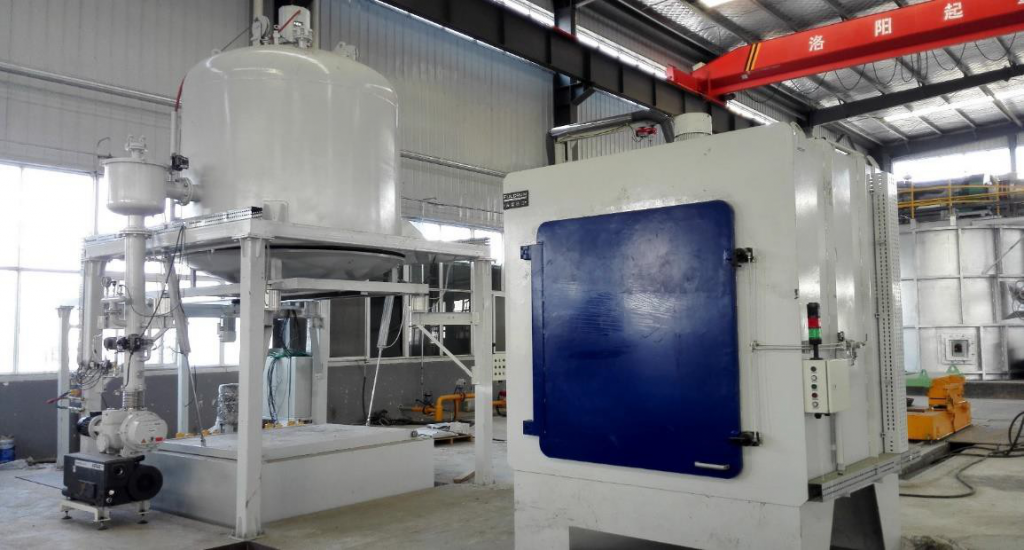
At present, there are two typical ways of connection between quenching and tempering steel connecting rod forging and heat treatment process.
- Quenching and tempering is the final heat treatment. The main links of the process are: blanking → die forging → air cooling → normalizing → air cooling → quenching and tempering (quenching + high temperature tempering) → enhanced shot blasting → machining quenching and tempering: the steel parts are heated to a temperature above AC3 or AC1 for a certain time, then cooled at an appropriate speed to obtain martensite or bainite structure, and then heated to a temperature below AC1 for a certain time, The quenching and tempering heat treatment process, which is then cooled to room temperature, can make the steel parts obtain good microstructure and properties.
- Taking forging residual heat quenching + high temperature tempering as the final heat treatment, the main links of the process are: blanking → die forging → forging residual heat quenching → high temperature tempering → shot blasting strengthening → mechanical processing forging residual heat quenching: it is a process of heating steel to a stable austenite state, plastic deformation at this temperature after heat preservation, and then pre cooling quenching to obtain martensitic structure, which is also called forging quenching. This is a process that combines pressure machining with heat treatment, and can obtain excellent mechanical properties and save energy.
